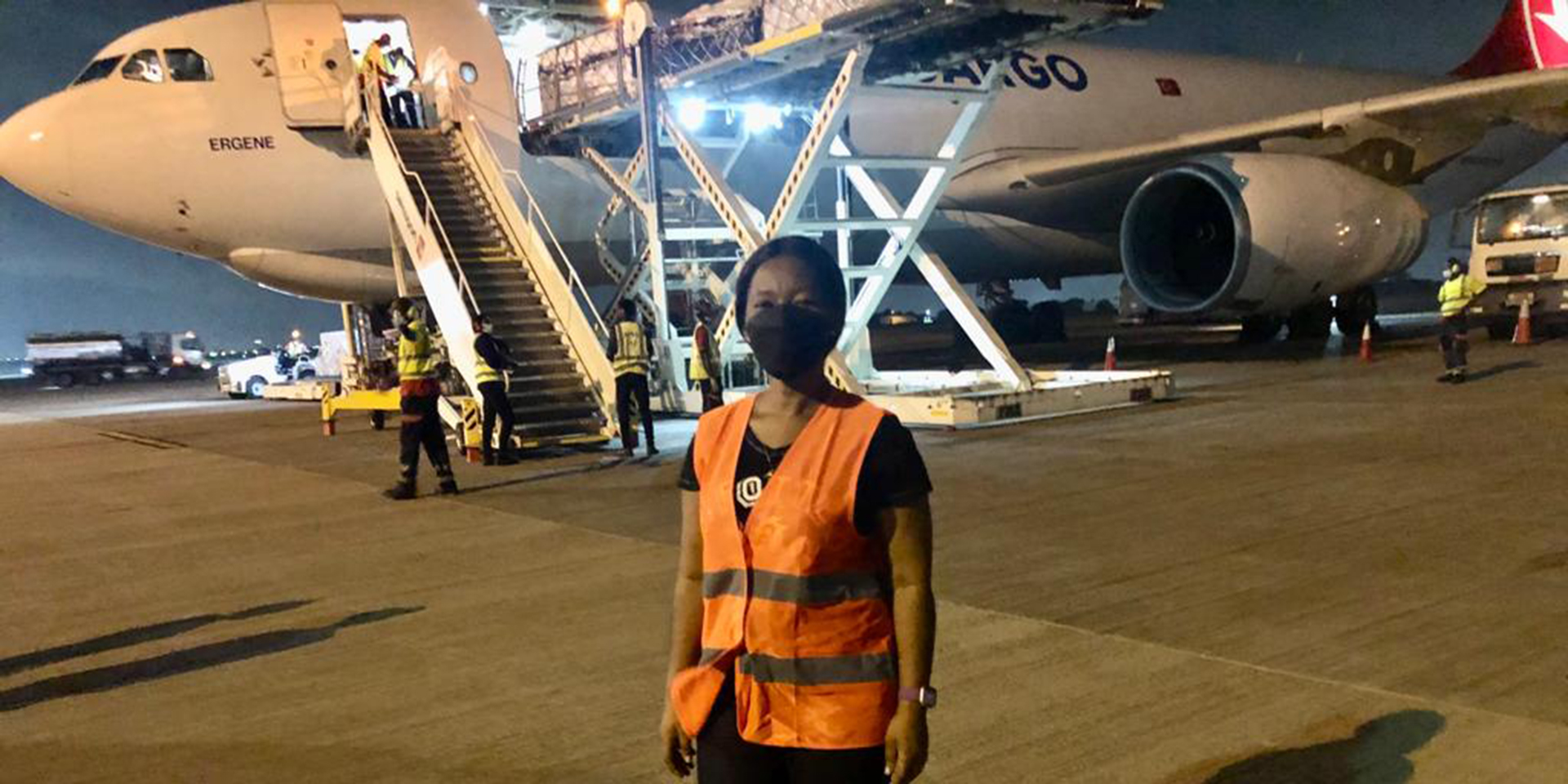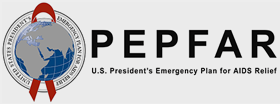
For the past few months, we interviewed project staff who led our support for pandemic response around the world. These dedicated team members provided intriguing insights and suggestions to help prepare for the next public health emergency. Below are seven of their top lessons learned, including links to the original LinkedIn profiles.
Lesson 1: Although emergency response focuses on one disease, the work can benefit other health areas. This was true, for example, of our work to support COVID-19 vaccine distribution, which often supported all routine vaccination programs, from polio to tuberculosis. For example, in Angola, “The work that we've been doing to boost the surveillance system has spilled over for routine vaccination, boosting staff capacity to do proper investigations and report data to follow up cases. Right now, COVID-19 vaccines are transitioning into the routine vaccine program,” reported Emerald Norman.
Lesson 2: Leverage existing systems, instead of creating new, parallel ones, benefits other public health programs. Wherever possible, our country offices supported local partners to integrate PPE, vaccines, and other COVID-19 commodities into existing systems, including supply chains, warehouse and logistics management systems, immunization programs, contracts with commodity suppliers and third-party logistics providers, and waste management protocols. Doing so speeded response times, created efficiencies, and reduced costs. "We developed a COVID-19 logistics management information system that is built on [the existing] LMIS infrastructure, which can easily incorporate any new products,” boasted Nabeel Ahmad Maqbool.
Lesson 3: Effective emergency response requires tailoring processes for the people working at every stage of the supply chain. “In an emergency setting, we tend to focus on the response and forget about the quality of the response. It is vital that the response is delivered with care to ensure that the people on the other end are able to respond appropriately,” advised Phetsile Dlamini. Having worked with the drivers and nurses and others at every level of the supply chain, Phetsile understood how they work and, just as importantly, the daily challenges that they face. “While adding work for them we tried to minimize the load so that they didn't feel overwhelmed. It required a lot of people management and linking with different teams who have different priorities within the healthcare system.”
Lesson 4: “Each country needs an oxygen strategy,” according to Gita Maitra. “There are two primary ways to get oxygen. One is for the hospital to produce oxygen with a pressure swing absorption machine. The other way is to get regular deliveries of bulk liquid oxygen. The industry base and the manufacturing base for those two modalities are very different.” Unless a public health system is close to an oxygen production site, “You have to transport it a long distance, and doing so is not cheap.” Relying on bulk liquid oxygen can work in some countries, while in others a strategy based on pressure swing absorption machines placed in major hospitals, who would then supply other health facilities, would make more sense.
Lesson 5: “A key challenge in procurement was to make sure that everyone shared our sense of urgency. In every step of the process there are nuances that people may not think about. A delay in something as simple as the ‘consignee’ and ‘ship to’ address means we can't place the order with the supplier. But it can be hard for our country offices to get that information from local governments, so we and they were always communicating how urgently we need information and how the lack of it impacts people,” said Mariah Dixon.
Lesson 6: “It is just as important to reject some donations as to accept them,” cautioned Lefa Mabesa. For political, charitable and other reasons, some attempted donations of commodities like hand sanitizer, masks and other PPE (and later test kits) that did not meet specifications or quality standards would arrive in Lesotho (and other countries) at all levels of the supply chain, including at health facilities. Countries must be prepared to reject donations that are not appropriate. Lefa suggested creating a list of needed emergency supplies to help donors know what to send and not send.
Lesson 7: Despite having the appropriate cold and ultra-cold equipment and vehicles, temperature excursions can happen at any step of the supply chain. “A major lesson learned for me is to identify cold chain facilities along transportation routes in case there's a problem with the truck that is transporting the vaccines,” advised Mary Ekey. “That way you can move the vaccines from the cold van into those facilities to keep them until they can continue their journey. This is especially true for the northern part of Ghana, where the journey is very long and tough. Sometimes the roads are not in very good shape, so the trucks break down and we have to send another transport.”


